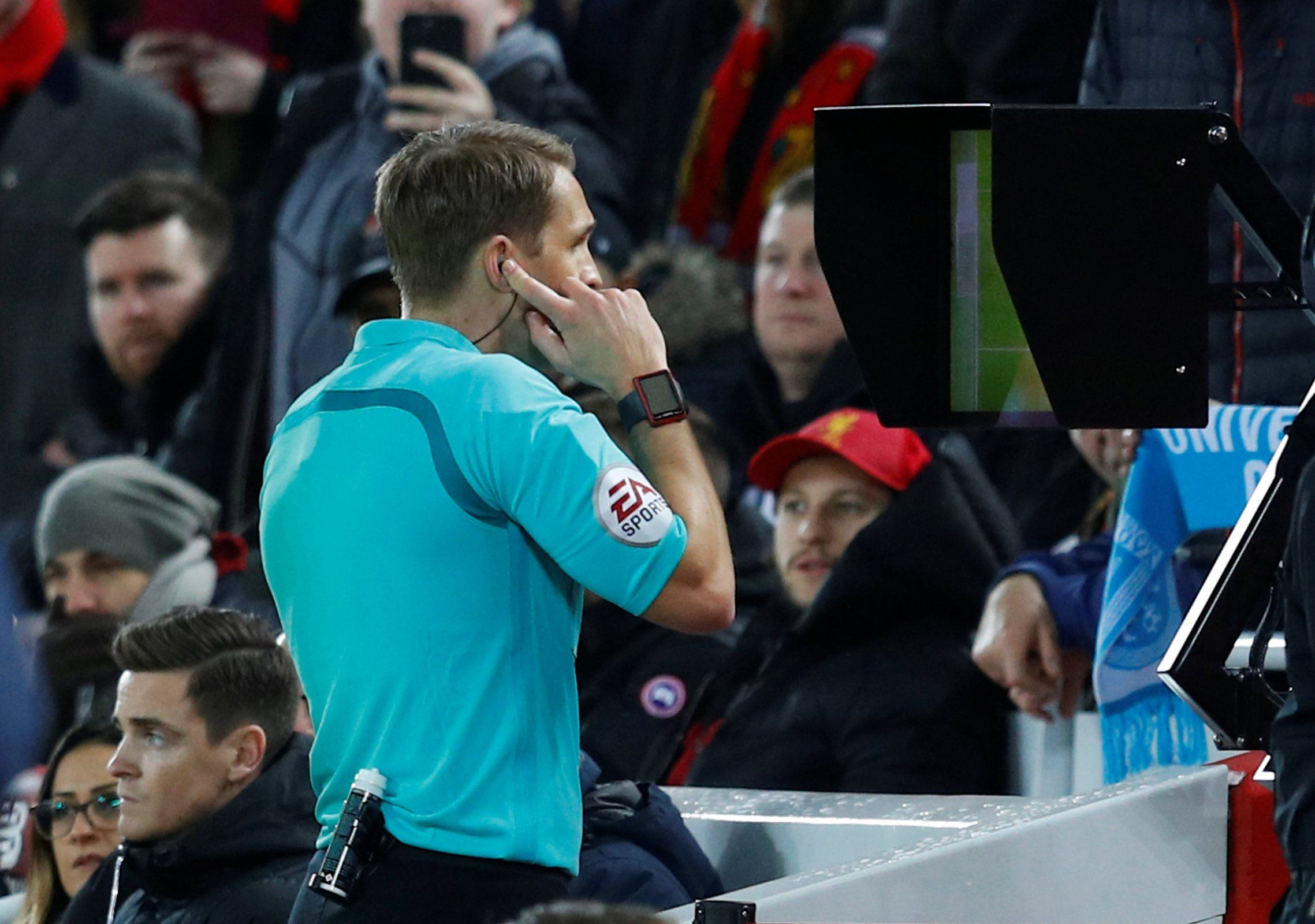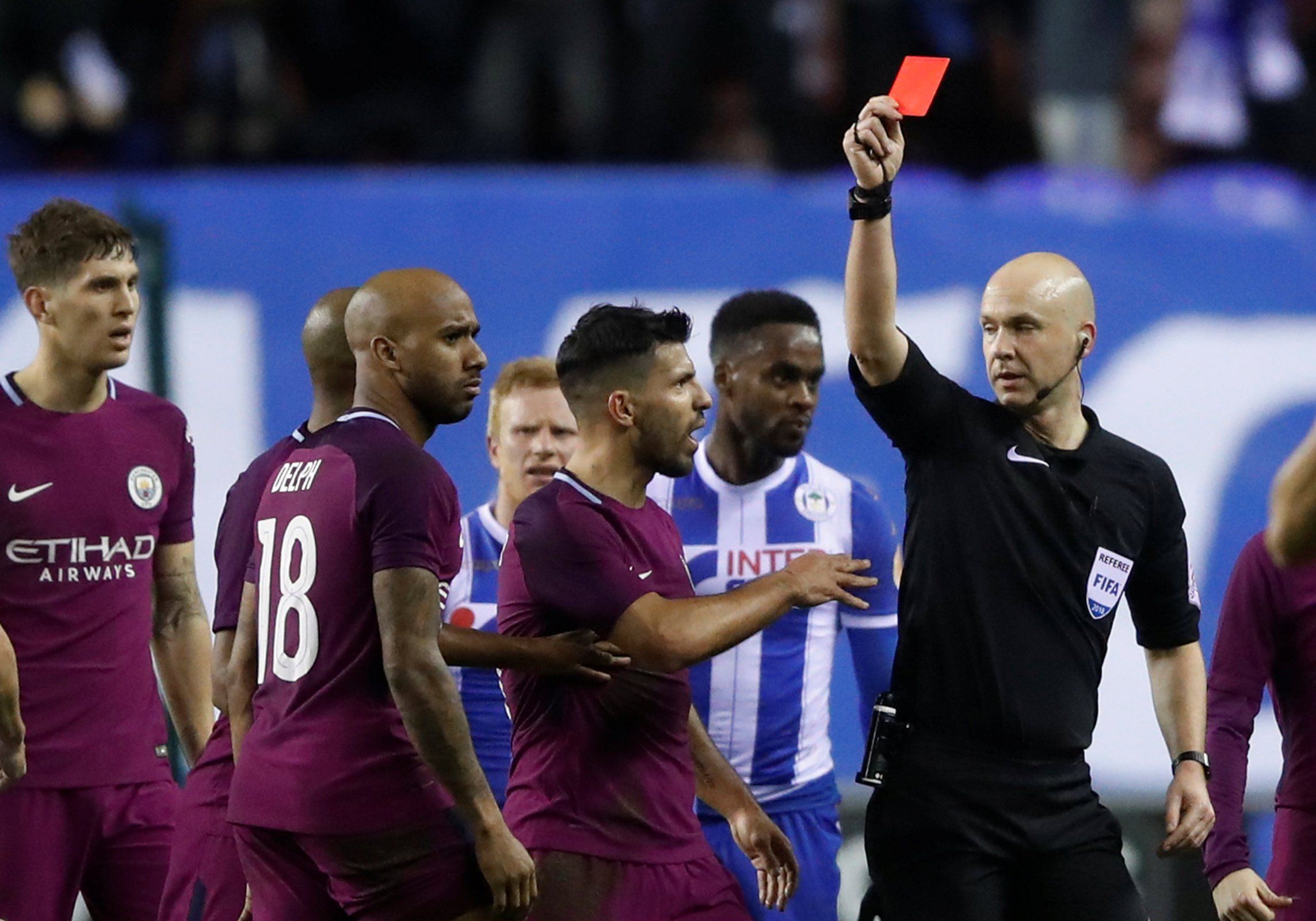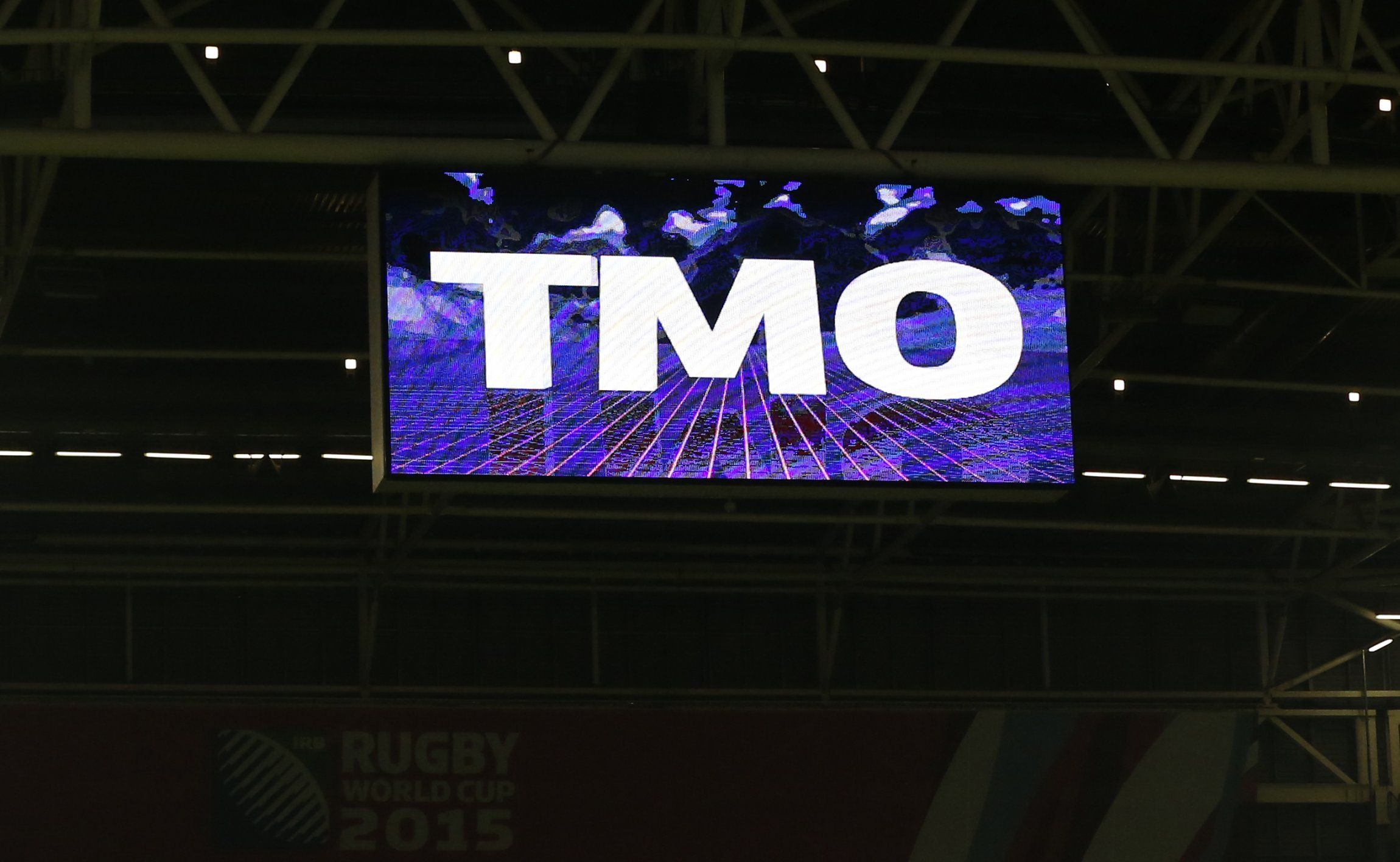English football's attempts to incorporate VAR have thus far produced mixed results. While few dispute the merits of a system that increases the likelihood of accurate and just refereeing decisions, the practicalities of adding video technology to the English game have proved problematic; using the FA Cup as the platform for experimentation, ties involving Chelsea, Liverpool and Manchester United have all lead to controversies in the last three rounds of the competition.
During Chelsea's third round draw with Norwich, VAR missed a penalty that the Canaries' honest defender Timm Klose later admitted should have been awarded. When Liverpool lost to West Brom in the fourth round, the entire first half was disrupted by long delays as the referee conferred with the video official - although they eventually came to the right decisions between them. And Manchester United's 2-0 win over Huddersfield last weekend was overshadowed by some incredibly squiggly lines initially believed to have been used to determine whether Juan Mata's goal was offside, damaging VAR's already limited credibility.
So, do we need to make adjustments to VAR before it can be adopted permanently in English football? What alternative ways are there of using video technology? Football FanCast take a look at four suggested solutions to an innovation that continues to divide opinion...
Solution A - Stick with the current format
For all the stick VAR has received, it's being quickly forgotten that we're at the very conception of the system. It will take referees time to be fully trained and experienced in the nuances of video technology, just as it will take time for the actual Video Assistant Referees to master the new trade - it's not as simple as watching a TV screen and telling the referee when he's wrong. Eventually, officials will become more accustomed to it and there will be a wider, consistent consensus of when VAR can and can't be used.
On top of that, by the letter of the law VAR should be marginal in influence - it's meant to only be called upon for goals, penalties, straight red cards and cases of mistaken identity when there's a 'clear and obvious' error on the referee's part. That being said, the current setup still seems quite muddled and confusing, especially for those watching at home and even more so for those in the stadium. The rules are clearly far too open to interpretation at the moment, and that lack of consistency is incredibly frustrating.
Solution B - Only the referee can review footage
Many will argue it still leaves too much pressure on the referees, which VAR is ultimately designed to help. But changing the rules so that only the referee can decide to review footage for incidents he's uncertain about - perhaps he was blindsided for a furtive-looking challenge inside the box or wants to determine whether a tackle should be a yellow or red card - would at least make it clear who is ultimately responsible for the decisions, reducing some of the vagueness and anonymity that many fans have found frustrating.
Furthermore, it strikes a balance between embracing new technology while allowing for human error, which many argue is an intrinsic factor in what makes football such a universally popular and engaging sport. The counter-argument though, is the pressure the referee would be under should they come to review footage on the touchline. They'll not only be sandwiched between two dugouts protesting on behalf of their respective teams, but also in incredibly close proximity to the fans which could sway their judgement even if they are seeing crystal clear footage.
https://video.footballfancast.com/video-2015/var.mp4
Solution C - The Challenge System
An approach used in the NFL, each manager is given two chances to challenge a referee decision and make it go to review, and are then granted a third if both of their challenges lead to an overturn in the original call. It's not perfect - you can imagine the fury if a manager has already used his challenges but the referee misses a late penalty or awards an offside goal - but it's at the very least a system fans can easily get their heads around and accept the merits and the flaws.
The main concern though, is whether the challenges will end up being used dishonestly by managers, hoping it gives them some sort of advantage. For example, using a challenge in the final five minutes can slow down the game and effectively time waste, or give a manager the chance to hold an impromptu team talk on the touchline. That's no doubt a manipulation of what VAR is for and will eventually corrode the system's credability.
Solution D - TMO
Currently used in rugby, the main difference between VAR and TMO is that the video referee is in the stadium rather than a studio in the heart of central London. More crucially, however, rugby referees essentially pass up the decision to the TMO rather than simply being advised to review their original call, and the footage is shown in the stadium - so fans aren't left in the dark about what the officials are actually looking at.
But it must be said that most decisions in rugby are much clearer than football, and even then the TMO can still make some incredibly controversial calls such as whether the player has put enough pressure on the ball when scoring a try. Likewise, it's not hugely different from the VAR setup and some would argue it's much fairer to have the video referee in another location where he won't be influenced by the crowd.
So, which direction do you think VAR should head in? Let us know by voting below...



